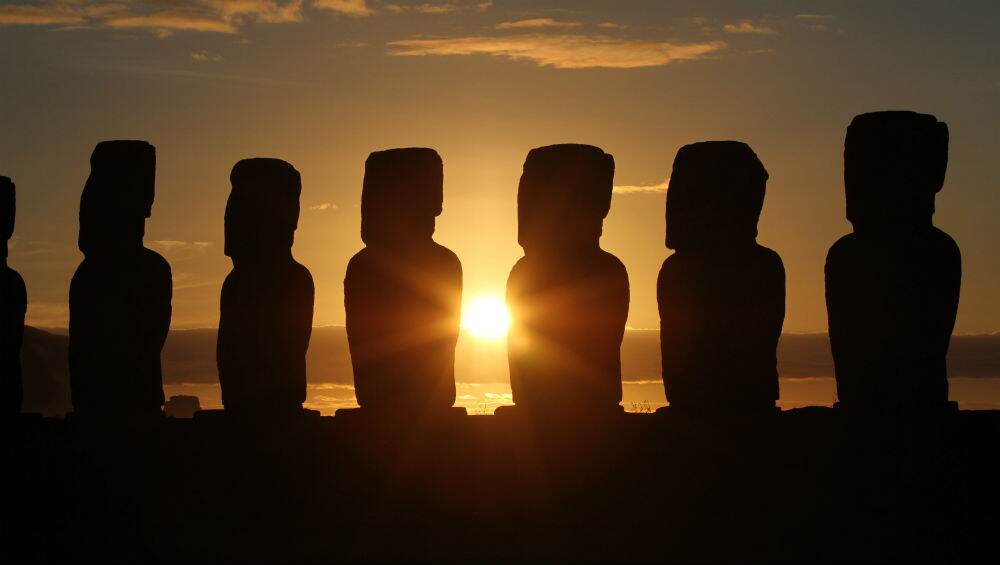Pink sand beaches, volcanic mountains, long stretches of grasslands and some 900 Moai sculptures encompass this beautiful island. One of the most remote inhabited islands in the world, Easter Island was discovered by Dutch mariner Jacob Roggeveen in 1722.
With not much population, this Chilean island in the southeastern Pacific Ocean has mainly been thriving on tourism. It is located on the tip of the Polynesian Triangle in Oceania.
Every year one lakh people visit the place and the island's income comes through hotels, restaurants, and other touristy activities. Reportedly, tourism generates USD 70 million each year, however, inhabitants of the island are currently at the risk of losing their livelihood.
UNESCO said that rising sea level due to global warming could result in rapid erosion of the island's coasts. While it has been happening for years now, UNESCO warned that drastic climatic changes could erode the heads of the sculptures.
As per recent predictions by scientists, ocean levels will rise by up to two meters by 2100 by which "storms and waves will become a greater threat" to coastal areas. Last year, a rock wall three meters from the south coast of the island crashed down due to strong waves.

Created by the early inhabitants of the island, Rapa Nui people, UNESCO declared it as a World Heritage site in 1995. The statues date back as far as the 13th century. The island was named Easter Island as it was discovered by Roggeveen, who reached there on an Easter Sunday.
Although western mariners later changed its name to Rapa Nui (Big Island) in the 19th century due to its similarity to Rapa Iti Island, the place was known by its original name. The island's official Spanish name, Isla de Pascua, also means Easter Island.
These statues are said to have been built between 1100-1680 AD. It is believed to be hand chiseled from one volcanic rock. The statues with a male's head and torso are believed to have had significant roles in the lives of people. They worshipped the statues as their ancestors, which possessed the special powers of mana, including sources of wealth, prestige and other things.
The island hosts Tapati, Rapanui's local festival boasting its culture every year in late January through early February. The 10-day festival has various events and contests attracting tourists.
Rapanui, the inhabitants of Easter Island experienced extreme loss of life during the 16th century. Hence, the elders wanted the future generations to carry on with their legacy.
Today the island has only 6,000 residents of which 60 percent are of Rapanui origin. The current generation of the early inhabitants preserves many of their cuisine, dances, music, artwork, and sports. Their language, 'vangana' is actively used even today.
(The above story first appeared on LatestLY on Mar 29, 2018 11:21 AM IST. For more news and updates on politics, world, sports, entertainment and lifestyle, log on to our website latestly.com).













 Quickly
Quickly




















